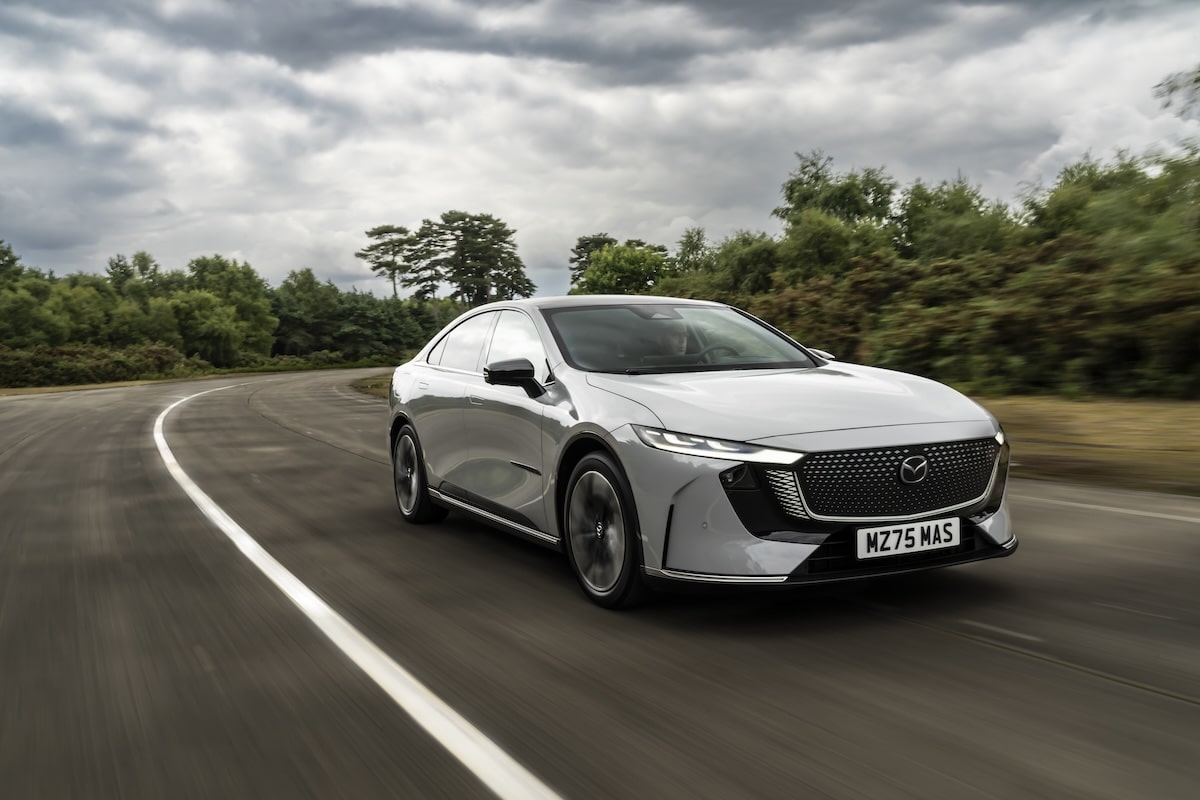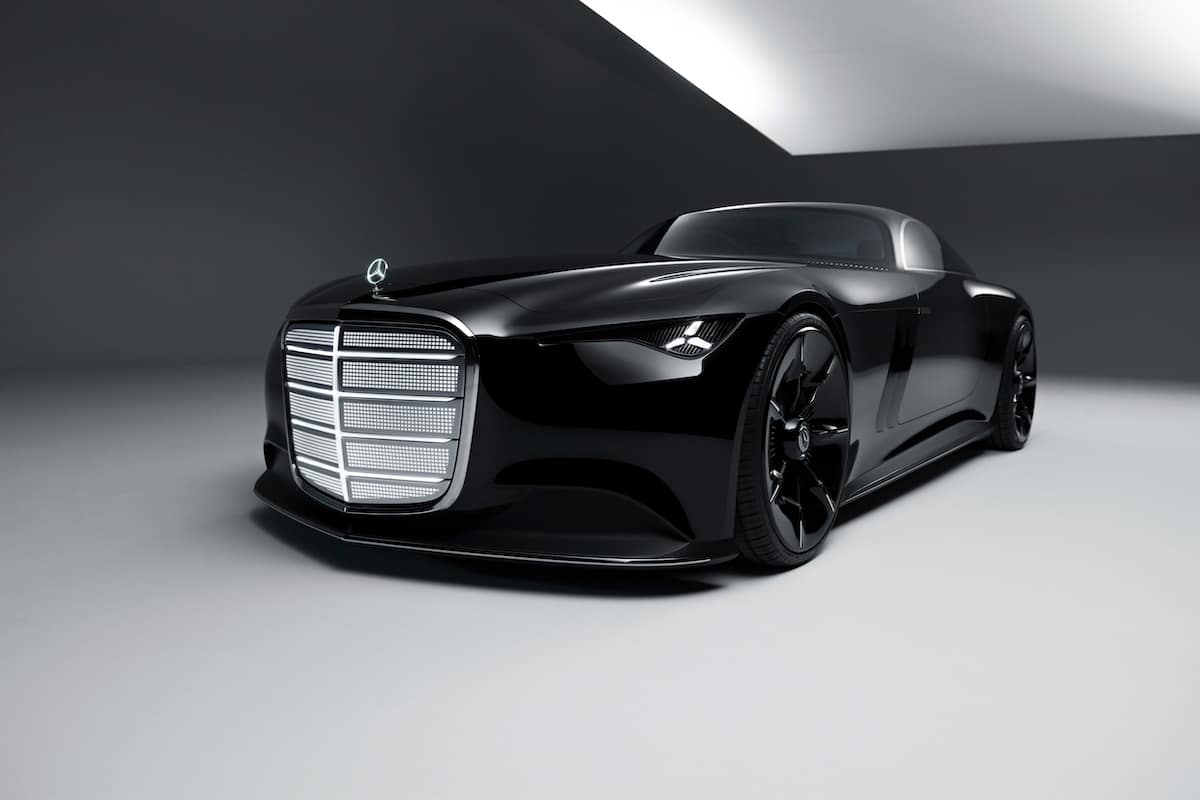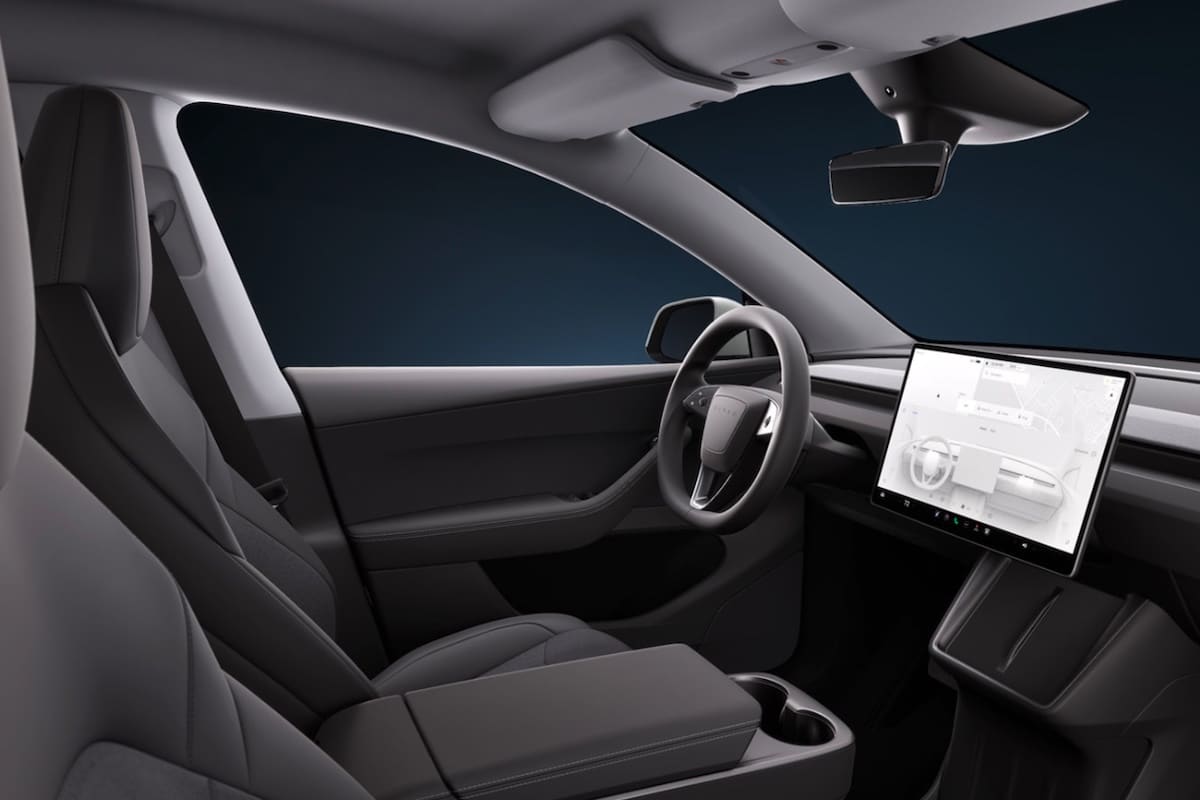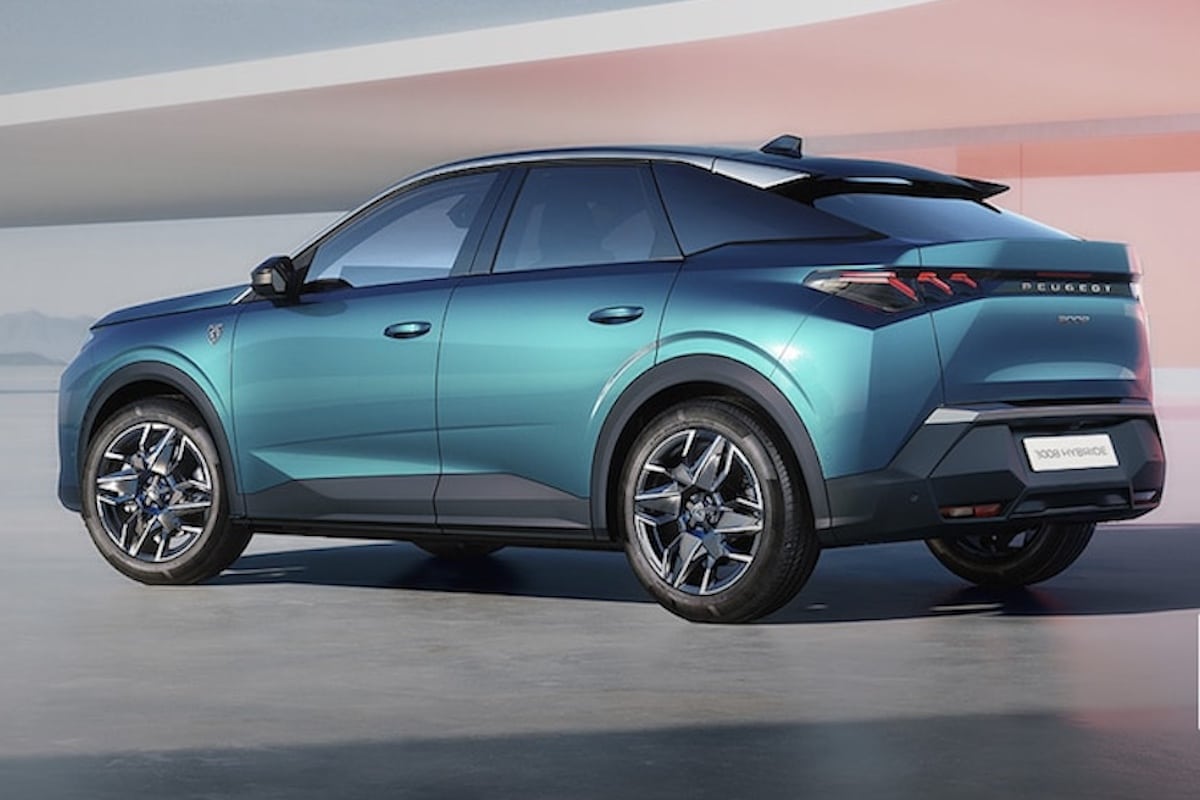The Tesla Cybertruck crash test raises concerns
This page is translated from the original post "Le crash test du Tesla Cybertruck soulève des inquiétudes" in French.
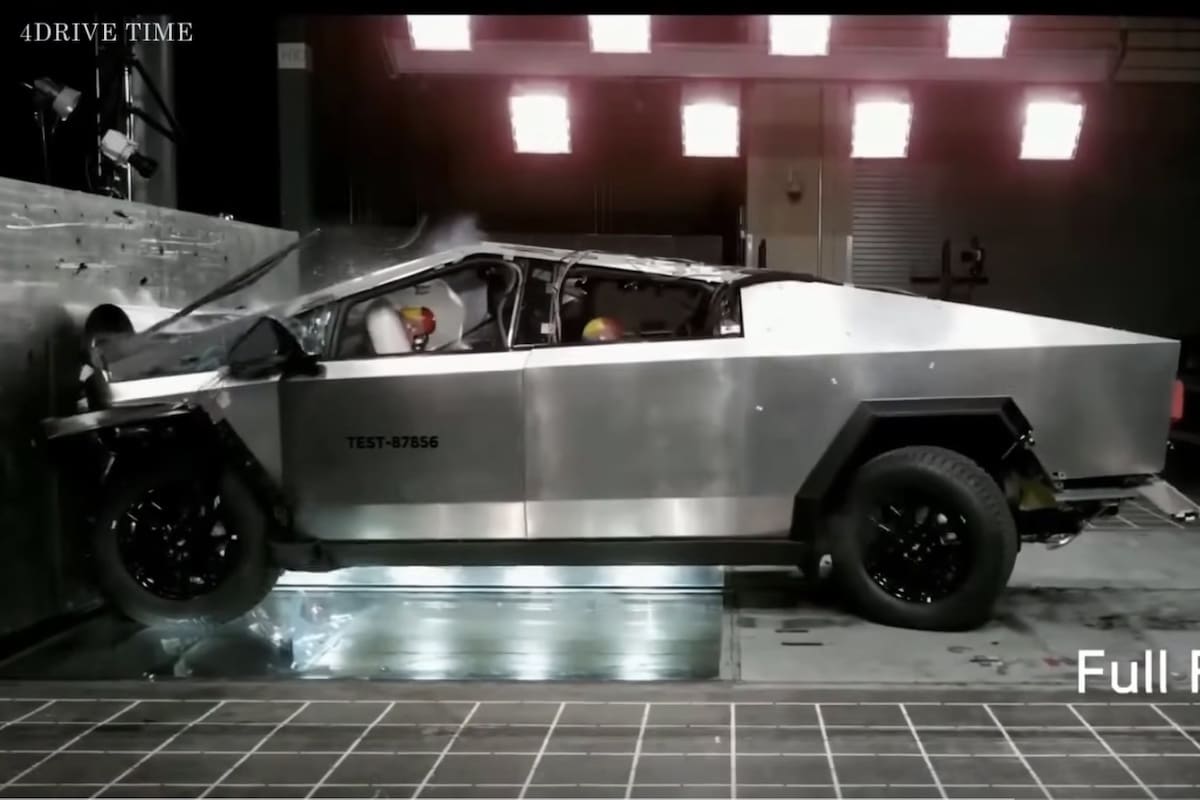
Its large exterior size and sturdiness can be good arguments, but what about the occupants?
The challenge of a crash, whether real or simulated, is to dissipate the kinetic energy of a vehicle traveling at various speeds. Contrary to popular belief, the heavier a vehicle is, the greater the energy it stores, and consequently the more violent the impact.
With its 3 tons, the Tesla Cybertruck accumulates 289,352 joules when it hits a wall at 50 km/h. That’s equivalent to a fall from the 4th floor of a building. On board, a 70 kg passenger effectively weighs 2 tons at the moment of impact. Since kinetic energy is proportional to the square of the speed, doubling the speed results in quadrupling that energy!
The Cybertruck thus falls into its own trap: to avoid crushing itself upon impact, it must be extremely resistant. So heavy. Etc. It’s the serpent biting its tail… The problem is, the passengers are the ones absorbing all the energy that the vehicle’s deformation cannot absorb.
Results Awaited
Watching the crash test of the Tesla Cybertruck, it’s clear that the driver is propelled violently against the airbag. His neck is even completely twisted, which could indicate very serious injuries. And we’re only talking about a 35 miles/hour impact, around 56.3 km/h, which is the current standard. In the rear, the child is even more badly treated in the absence of an airbag.
What also raises questions about the Cybertruck is its dynamic behavior: the vehicle crumples slightly (at 13 seconds)… then not at all. This is evidenced by the sudden movement of the passengers propelled forward abruptly.
The comparison with the crash test of the Ford F150 Lightning is helpful: it shows that the driver’s airbag is larger and the effort is distributed over the entire chest. The neck remains straight, and the injuries are likely to be less severe in the electric Ford.
We just have to wait for the conclusions of the U.S. vehicle safety authority, the NHTSA, which are strangely delayed.
READ ALSO: Tesla Cybertruck: its consumption figures are known and disappointing
We also suggestthese articles:
Also read
